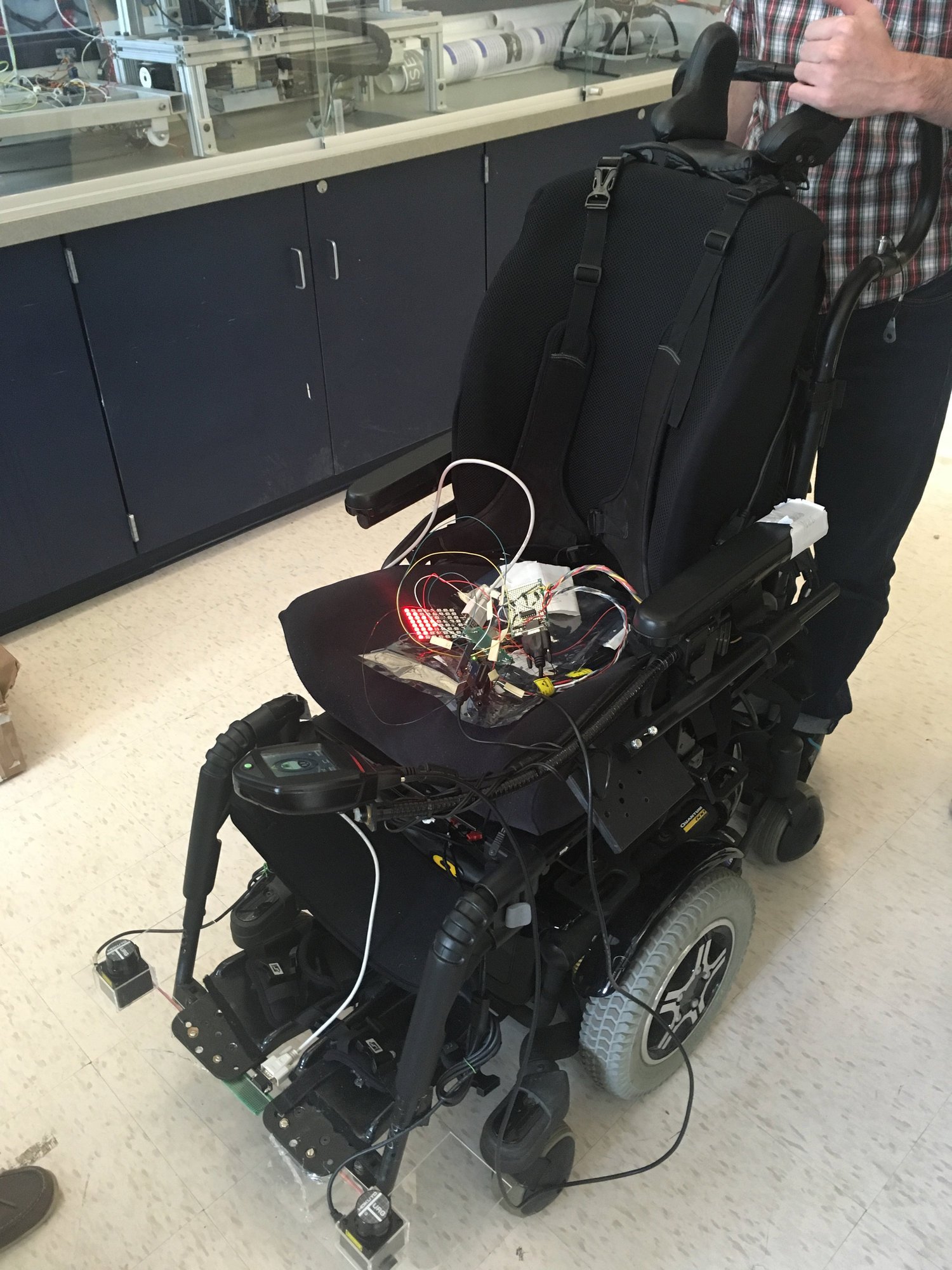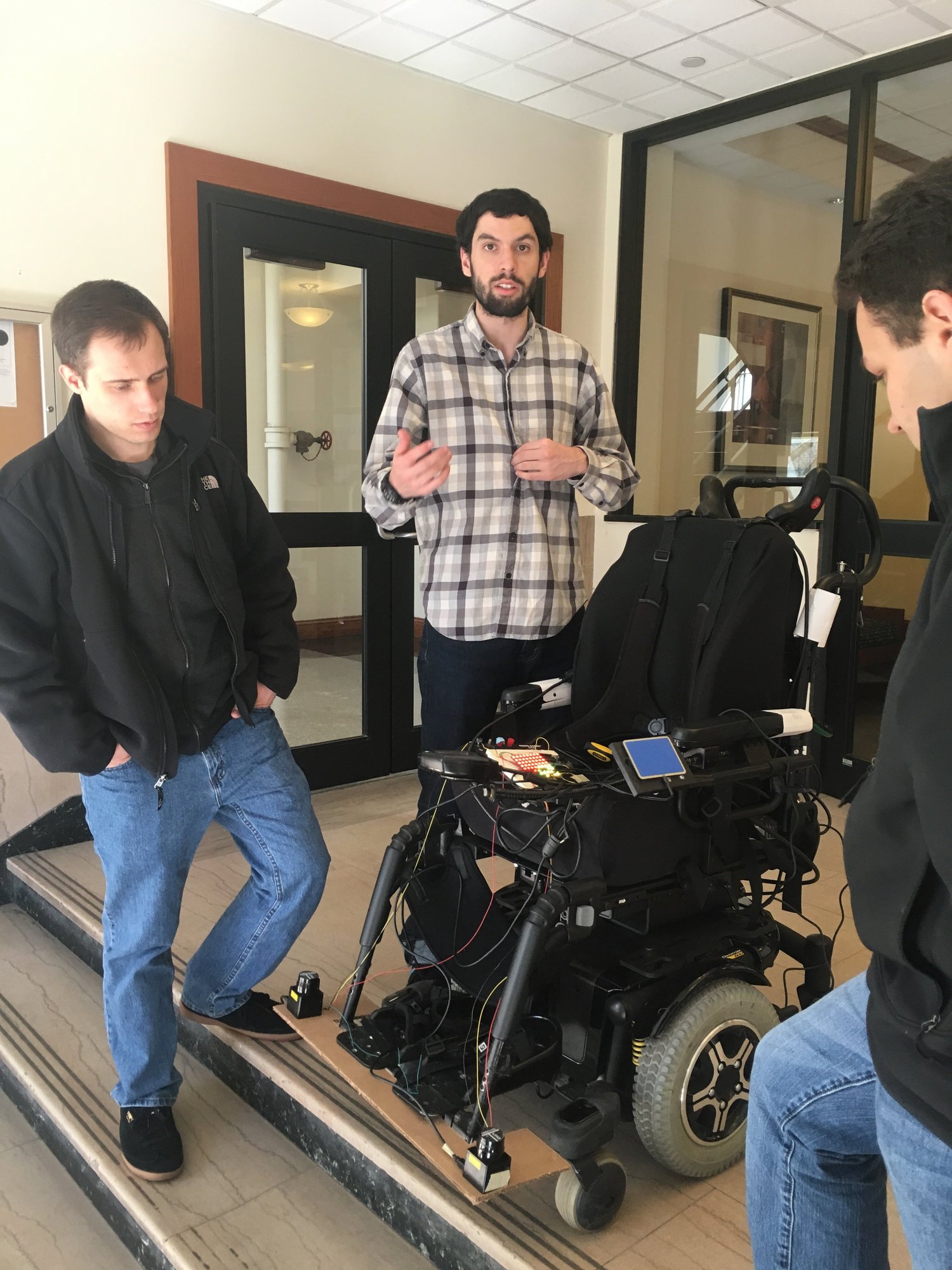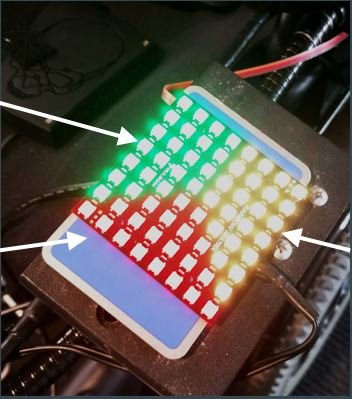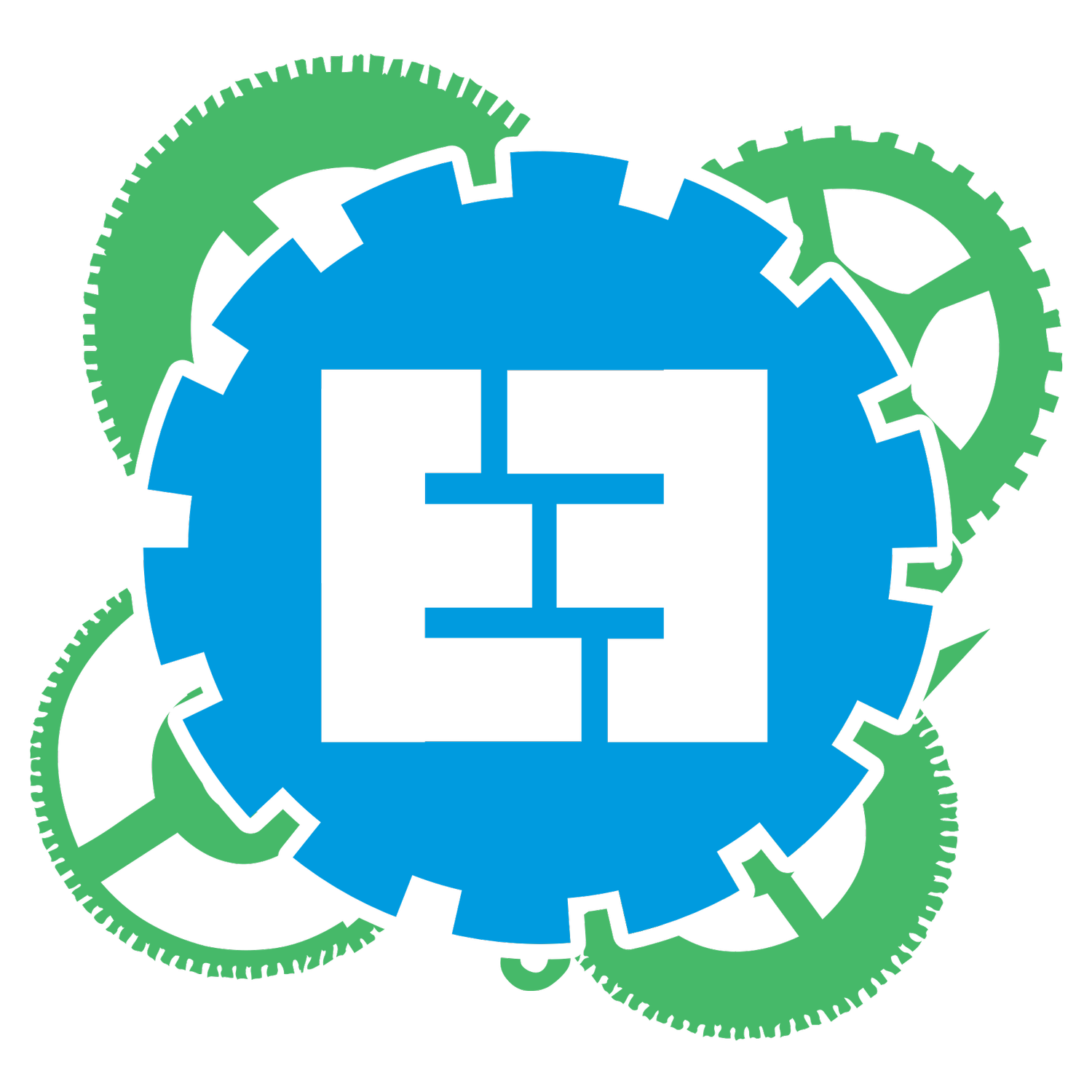Aware Chair



The Need
Many children with severe physical disabilities cannot move around when they are young, denying them any chance to develop visual- spatial skills. Thus, by the time they do become mobile by way of a power wheelchair, they are able to see obstacles, but they are unable to accurately judge their proximity to the obstacles to determine when they should apply the breaks. This population would benefit from a device that warns them – and if necessary, applies the brakes for them automatically – when nearing obstacles. Experimental projects have incorporated collision-avoidance as a component of power wheelchair systems using a variety of sensors; however, these projects have focused on elderly end users, a population whose primary needs were addressed by a solution designed for indoor use. This project addresses the need for a collision-avoidance power wheelchair that is cost effective, user- friendly, and designed for use indoors and outdoors.
The Project
The Aware-Chair is a power wheelchair that allows a user to navigate through various environments without fear of collisions with people, walls, or miscellaneous objects. The wheelchair operates by monitoring the distance to nearby obstacles that could lead to a collision. If the user steers too close to an obstacle, the wheelchair slows in response, offering the user an opportunity to navigate away from the obstacle independently. This is referred to as the slow zone. If the user moves away from the obstacle, the wheelchair exits the slow zone and returns to operating as it normally would. In the slow zone, the velocity in the direction of the obstacle decreases as a function of time. If the user ends up getting too close to the obstacle, the wheelchair enters the stopping zone, at which point the user can no longer navigate towards the obstacle at any speed. Upon rotating the wheelchair to move away from the obstacle, the wheelchair reenters the slow zone, and ultimately, returns to regular functionality.
Current Status
This project is complete and was demonstrated to a prospective client. This project won a second-place prize in the 2017 ECE Capstone Competition.

